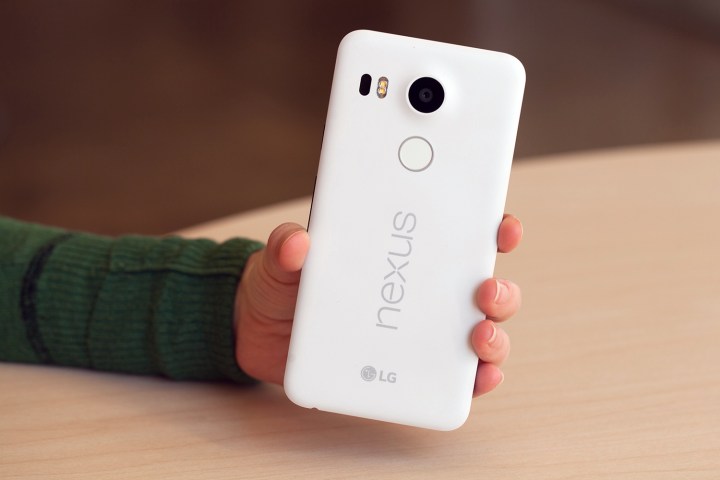
But now, so long as you have a Nexus phone or tablet handy, you can leave the hard work to Google. The search giant announced in August that Wi-Fi Assistant, an Android feature that automatically identifies and connects to open wireless networks, would become more broadly available — it’s rolling out now to non-Project Fi Nexus devices.
Wi-Fi Assistant isn’t a new feature, exactly. It debuted as part of Google’s Project Fi, a mobile virtual network provider that delivers cellular data, text, and calls via a patchwork of Sprint, T-Mobile, and U.S. Cellular towers.
Boiled down to the very basics, it works like this: when you’re near a Wi-Fi hot spot that Google determines sufficiently speedy — a number which the search giant pegs at “more than a million” — it will wean your device’s data off cellular and onto Wi-Fi. The transition is theoretically seamless: regardless of whether you’re on a call or texting a friend, interruption should be no more than momentary.
Better still, Wi-Fi Assistant establishes all those communications securely. Upon successful connection to a public hot spot, it sets up a virtual private network connection — an encrypted layer of connectivity that hides the content of your device’s data transfer from would-be snoops. A key-shaped icon and accompanying “Connected via Wi-Fi Assistant” message in the notification panel indicates service has successfully been established.
The feature is optional, and enabling it requires a visit to your device’s settings menu. You’ll find it by opening the Android Settings app, tapping “Google,” and selecting the Networking tab.
Google’s wizard of a Wi-Fi system was previously limited to Nexus devices on Project Fi, but that has changed now. Nexus device owners in the United States, Canada, Mexico, the U.K., and Nordic countries (Denmark, Finland, Iceland, Norway, Sweden, and associated territories) will gain the same tech to find and sign onto publicly available access points in the background. Specifically, it’ll support Google-branded devices running Android Lollipop 5.1 and higher — a list which includes smartphones like the Nexus 4, 5, 6, 5x, and 6P, and tablets like the Nexus 7, 9, and 10.
Broader availability was always a part of Project Fi’s development roadmap, Simon Arscott, Google Fi’s project manager, told CNET. “We built Project Fi as a testbed for innovative ideas,” he said. “And we saw this as an opportunity through our Nexus product line to bring it to even more users.”
The idea of course is to save data — and by extension, money — on mobile. There’s incentive now more than ever: in countries like France, Spain, and the United States, the cost of mobile phone ownership in 2014 was well above $30 per month, on average.
Article originally published in August. Updated on 09-08-2016 by Julian Chokkattu: Added news of the update rolling out.


